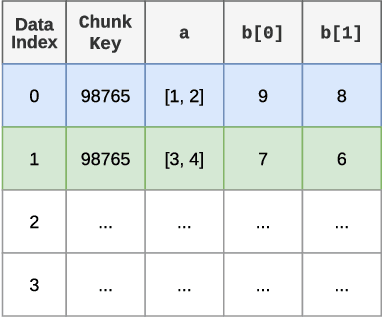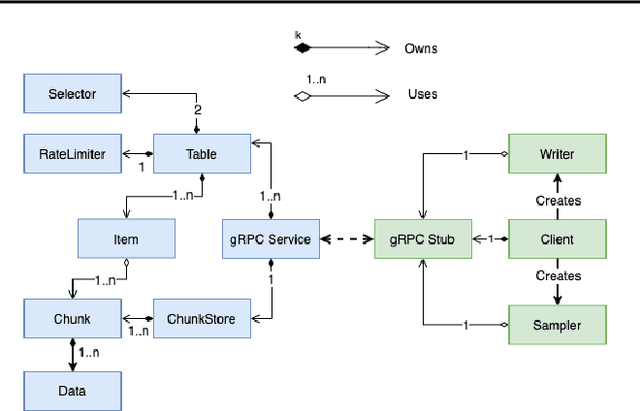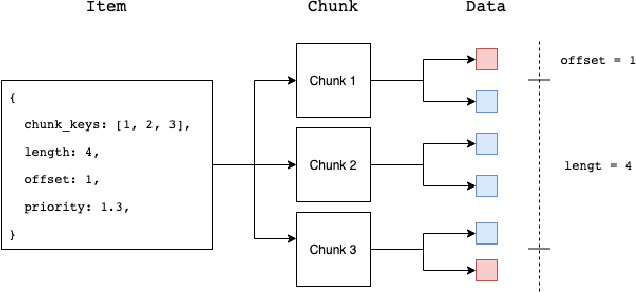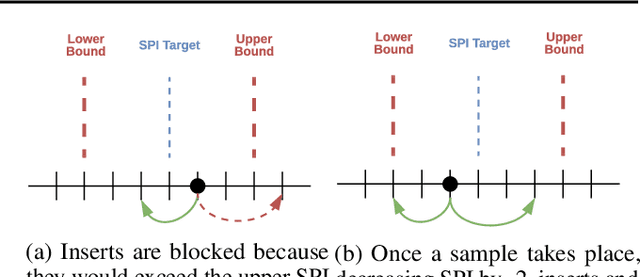Toby Boyd
Tandem Transformers for Inference Efficient LLMs
Feb 13, 2024



Abstract:The autoregressive nature of conventional large language models (LLMs) inherently limits inference speed, as tokens are generated sequentially. While speculative and parallel decoding techniques attempt to mitigate this, they face limitations: either relying on less accurate smaller models for generation or failing to fully leverage the base LLM's representations. We introduce a novel architecture, Tandem transformers, to address these issues. This architecture uniquely combines (1) a small autoregressive model and (2) a large model operating in block mode (processing multiple tokens simultaneously). The small model's predictive accuracy is substantially enhanced by granting it attention to the large model's richer representations. On the PaLM2 pretraining dataset, a tandem of PaLM2-Bison and PaLM2-Gecko demonstrates a 3.3% improvement in next-token prediction accuracy over a standalone PaLM2-Gecko, offering a 1.16x speedup compared to a PaLM2-Otter model with comparable downstream performance. We further incorporate the tandem model within the speculative decoding (SPEED) framework where the large model validates tokens from the small model. This ensures that the Tandem of PaLM2-Bison and PaLM2-Gecko achieves substantial speedup (around 1.14x faster than using vanilla PaLM2-Gecko in SPEED) while maintaining identical downstream task accuracy.
Reverb: A Framework For Experience Replay
Feb 09, 2021



Abstract:A central component of training in Reinforcement Learning (RL) is Experience: the data used for training. The mechanisms used to generate and consume this data have an important effect on the performance of RL algorithms. In this paper, we introduce Reverb: an efficient, extensible, and easy to use system designed specifically for experience replay in RL. Reverb is designed to work efficiently in distributed configurations with up to thousands of concurrent clients. The flexible API provides users with the tools to easily and accurately configure the replay buffer. It includes strategies for selecting and removing elements from the buffer, as well as options for controlling the ratio between sampled and inserted elements. This paper presents the core design of Reverb, gives examples of how it can be applied, and provides empirical results of Reverb's performance characteristics.
 Add to Chrome
Add to Chrome Add to Firefox
Add to Firefox Add to Edge
Add to Edge